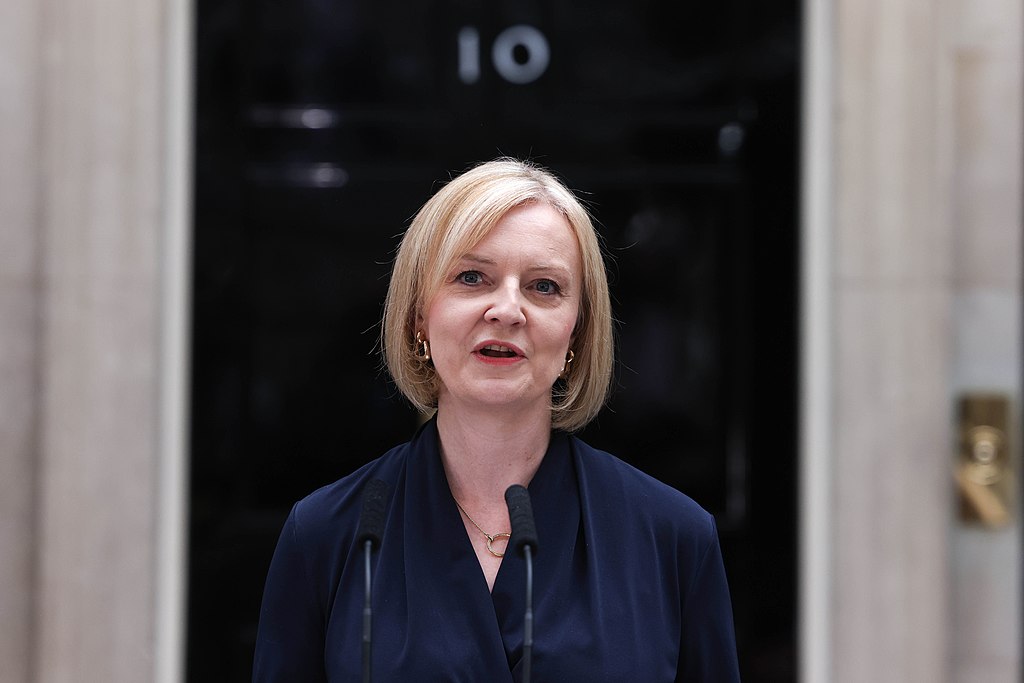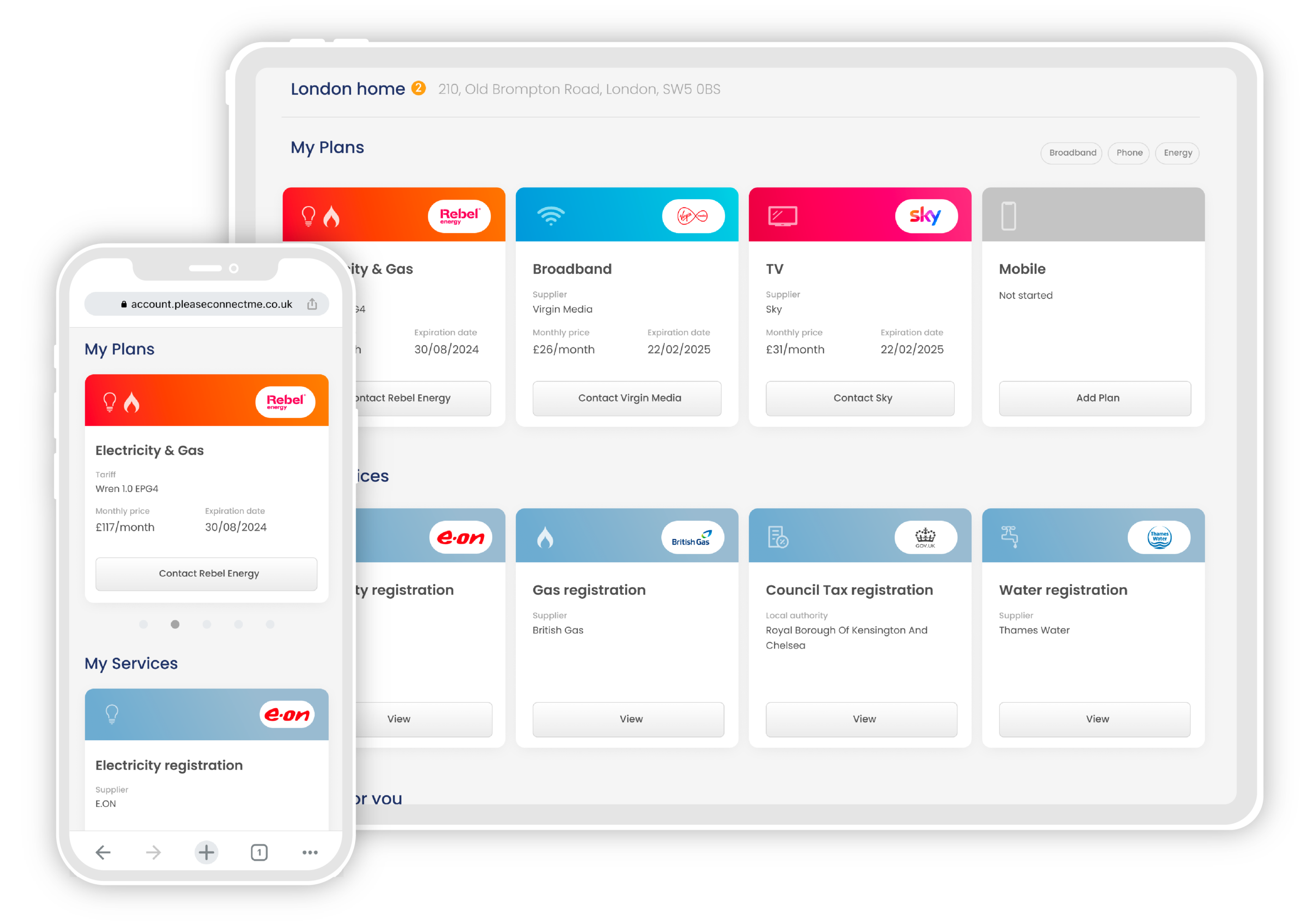Prime Minister Liz Truss has confirmed that her government will combat the cost of living crisis by limiting the energy price cap to £2,500 for the average household for the next two years. The new price cap will still come into effect on October 1st, and when combined with the monthly support payments of £66.66 should see monthly payments rise by about 6.5%.
What is the price cap?
The price cap is a government limit on the cost of energy for households. While it’s expressed as an annual total, the limit is actually set on the per-unit costs and standing charges for gas and electricity. The new price cap – now £2,500 – is how much the average UK household of 3-4 occupants would pay based on these units and typical usage. You’ll always pay for the actual amount of gas and electricity you use.
Why was the new price cap changed?
At the beginning of September, Ofgem announced that the new energy price cap from October 1st would be £3,549 a year for the average family, an increase of more than 70% on current bills. Public response was immediate and strongly negative, and it became clear more help would be needed to combat spiralling living costs.
The conservative leadership election was still going at this point, but once Liz Truss’s appointment was confirmed she revealed the first part of her plan to support households with energy bills. From October 1st the price cap will now be £2,500 for a 3-4 person household with average consumption.
How much will I pay for energy?
While the price cap is expressed as an annual total, it is actually a limit on how much you can be charged per unit of gas and electricity, and for your standing charge. These unit rates vary by region and supplier, but average unit rates for dual fuel customers paying by direct debit from October 1st will be:
| Electricity | Gas | |
| Unit rate | 34.00p per kWh | 10.30p per kWh |
| Standing charge | 46.36p per day | 28.49p per day |
These unit rates are lower than the initial price cap announcement, but standing charges will stay the same. This means that the percentage increase in bills will be greater for those with lower consumption, and households with higher usage will see a smaller rise relative to their bill payment.
What other help is available?
Every household in the UK is still set to receive energy payments of £66.66 every month from October until March 2023.
Further help with the cost of living crisis is expected to be announced once the government ends its official mourning period following the death of Queen Elizabeth II. Industry and political experts have advised we expect across-the-board tax cuts among other measures to curb household expenses as part of a £100 billion+ emergency bailout for those struggling.
You can see our timeline of the support announced so far here. Join our mailing list to stay up to date with news, guides and explainers for all your household bills and services.













